
E-mail mais inteligente, negócios mais rápidos. Marque, analise e responda automaticamente a RFQs, cotações, pedidos e muito mais — instantaneamente.
Tendências
Categories
Luminary Cloud Unveils SHIFT-Wing AI Model
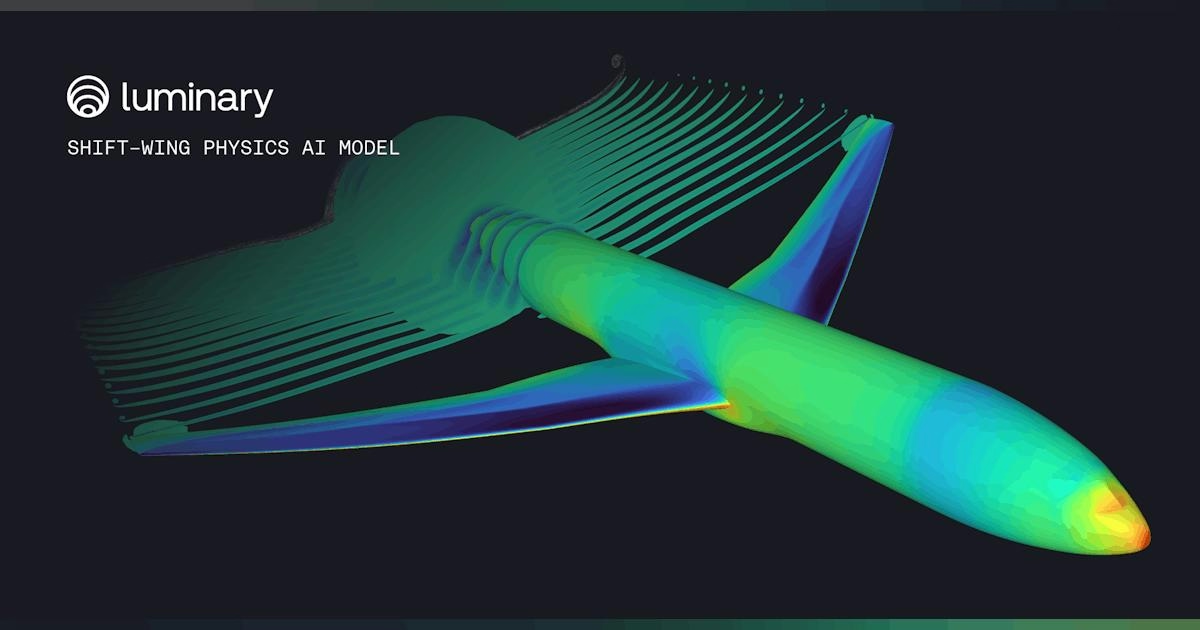
Luminary Cloud Launches SHIFT-Wing AI Model to Transform Aircraft Wing Design
Advancing Conceptual Aircraft Design with AI
Luminary Cloud, based in San Mateo, California, has introduced SHIFT-Wing, an innovative artificial intelligence model and dataset aimed at accelerating the conceptual design of advanced aircraft wings. This new tool, now accessible for noncommercial use and available for commercial licensing, enables engineers to simulate wing designs for aircraft operating across subsonic to transonic speed regimes. By integrating sophisticated physics simulations, SHIFT-Wing empowers aerospace and automotive engineers to explore novel wing configurations early in the design process, significantly enhancing the scope and speed of aerodynamic evaluation.
Juan J. Alonso, Chief Technology Officer and co-founder of Luminary Cloud, as well as Chair of the Department of Aeronautics & Astronautics at Stanford University, described the release as a pivotal moment for AI-driven aerospace innovation. He emphasized that SHIFT-Wing allows companies to investigate a far greater number of design possibilities than previously feasible, providing near-instantaneous aerodynamic predictions. This capability facilitates deeper integration with other critical design elements, including structural analysis and control system development, thereby streamlining the overall aircraft design workflow.
Industry Reception and Strategic Implications
The aerospace sector has responded positively to SHIFT-Wing’s debut. Obi Ndu, Chief Information and Digital Officer at Otto Aviation, highlighted the model’s potential to augment the company’s proprietary physics-based simulation data. Ndu noted that the collaboration with Luminary Cloud would enable Otto’s engineers to accelerate the exploration, optimization, and validation of aerodynamic concepts, enhancing both efficiency and innovation.
Despite the enthusiasm, the rapid proliferation of AI in engineering design is attracting heightened scrutiny. Recent industry developments, such as OpenAI’s temporary suspension of certain projects to prioritize AI safety, underscore the growing concerns around ethical considerations and risk management. Luminary Cloud, along with other companies in the sector, faces the challenge of balancing technological advancement with responsible deployment to maintain investor confidence and user trust.
Competitors in the AI space are also adapting to this evolving landscape. Efforts to develop models that emphasize safety and ethical standards have intensified, reflecting trends observed in related markets such as AI coding tools, where firms like Windsurf and Google have taken strategic steps to address similar issues. Furthermore, the widespread adoption of AI technologies across various industries, particularly among small businesses, continues to expose skill gaps and security vulnerabilities. These factors are likely to influence how Luminary Cloud positions SHIFT-Wing and formulates its strategies to ensure both innovation and reliability.
Context Within Broader AI Developments in Aerospace
The launch of SHIFT-Wing coincides with a broader wave of AI-driven advancements in aerospace and adjacent fields. Notable initiatives include NASA and IBM’s open-source AI model designed for weather and climate applications, as well as GE Aerospace’s introduction of a generative AI platform for its workforce. These developments illustrate the sector’s rapid embrace of AI technologies, while simultaneously highlighting the ongoing dialogue around balancing innovation with safety and ethical responsibility. As AI continues to reshape engineering practices, the aerospace industry remains focused on navigating these complex challenges.
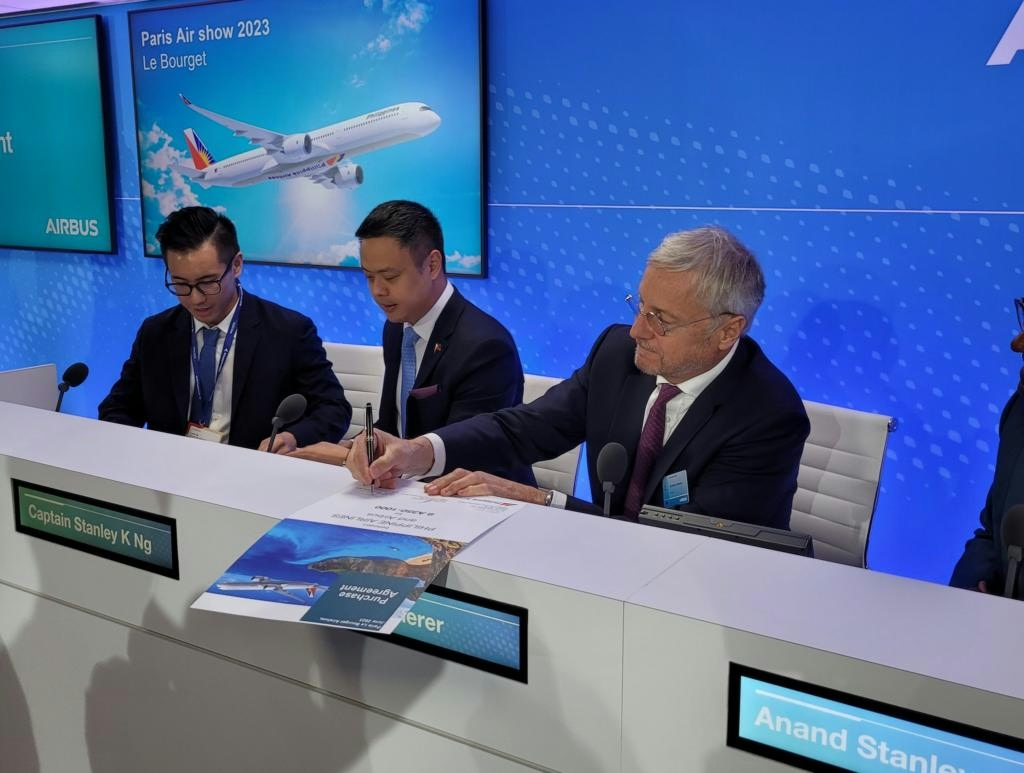
Philippine Airlines Honored for Sustainability Efforts and Net-Zero Commitment
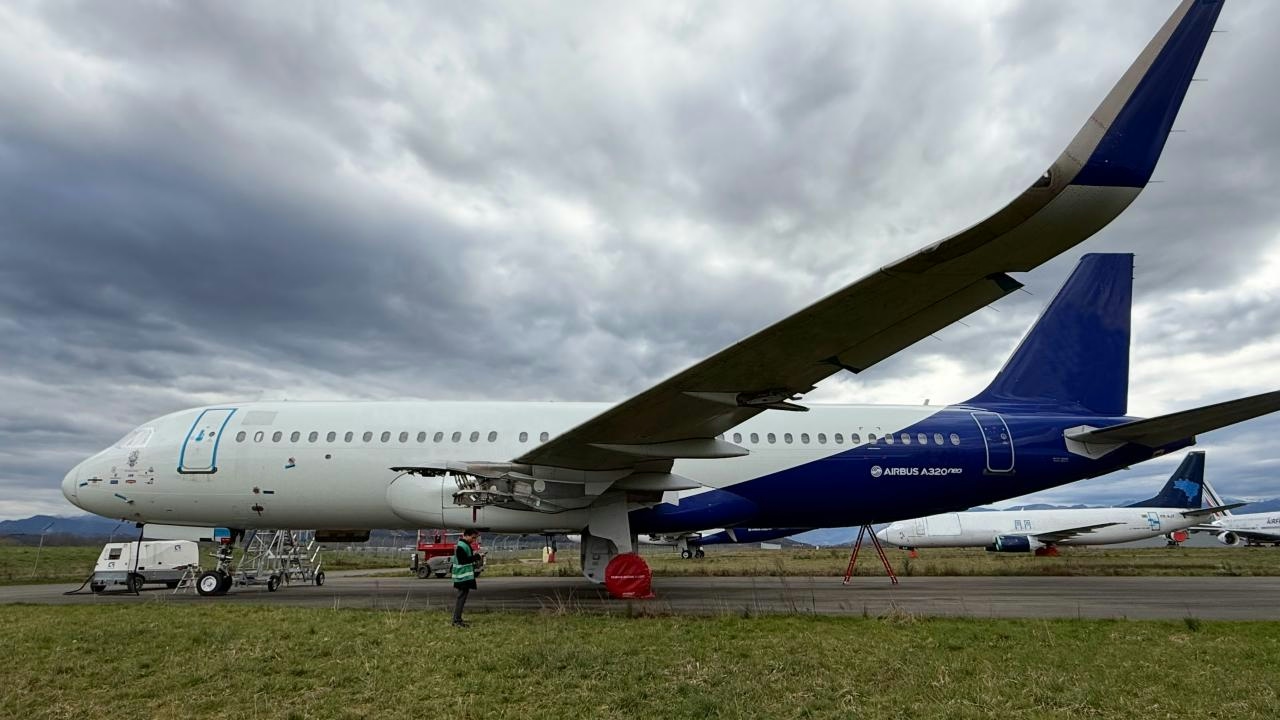
JCB Aero Completes Over 20 MRO Projects and Secures New Contracts for First- and Business-Class Suites
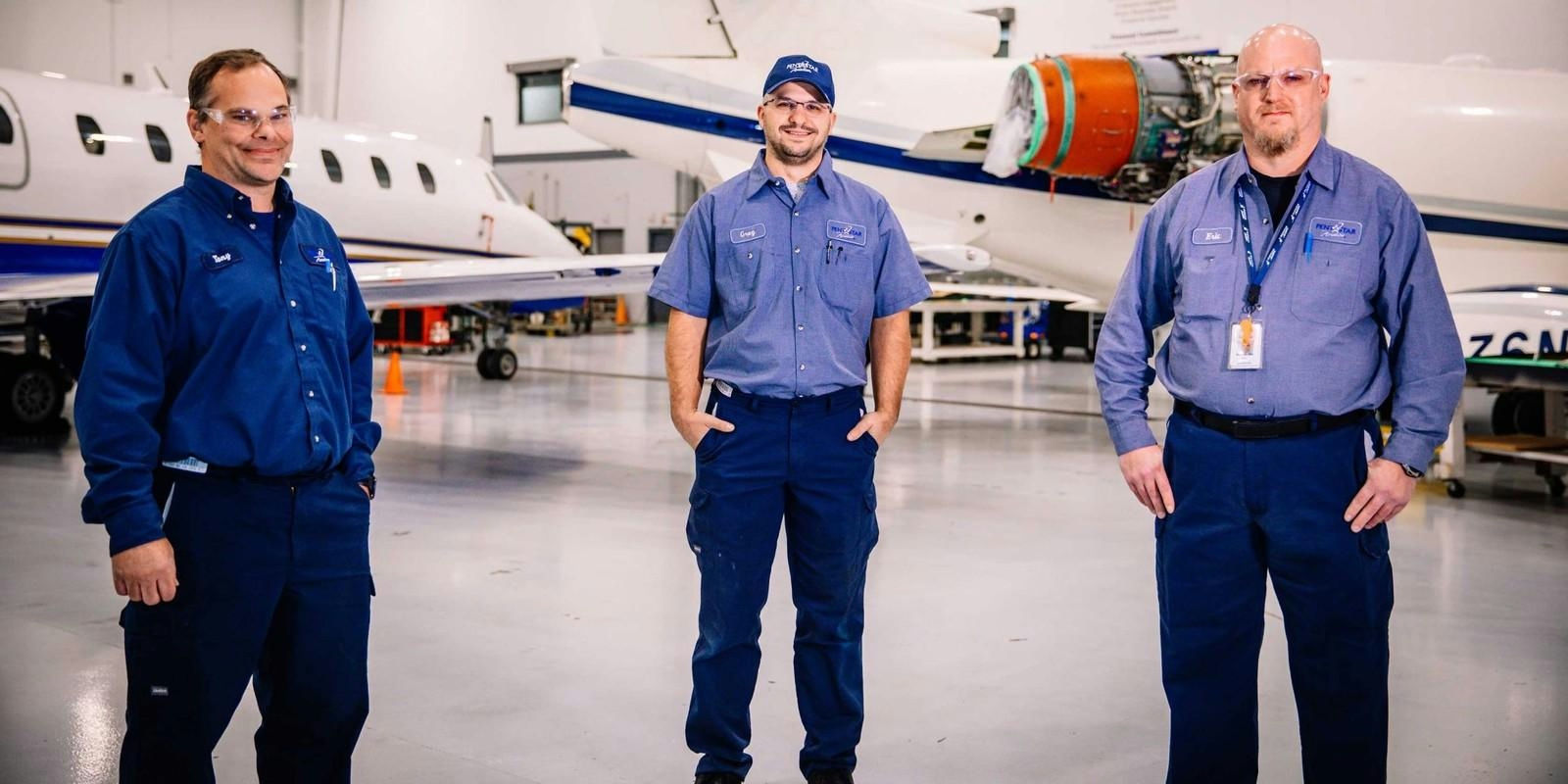
AMAC Aerospace Turkey Completes Key Maintenance Milestones for Falcon Fleet
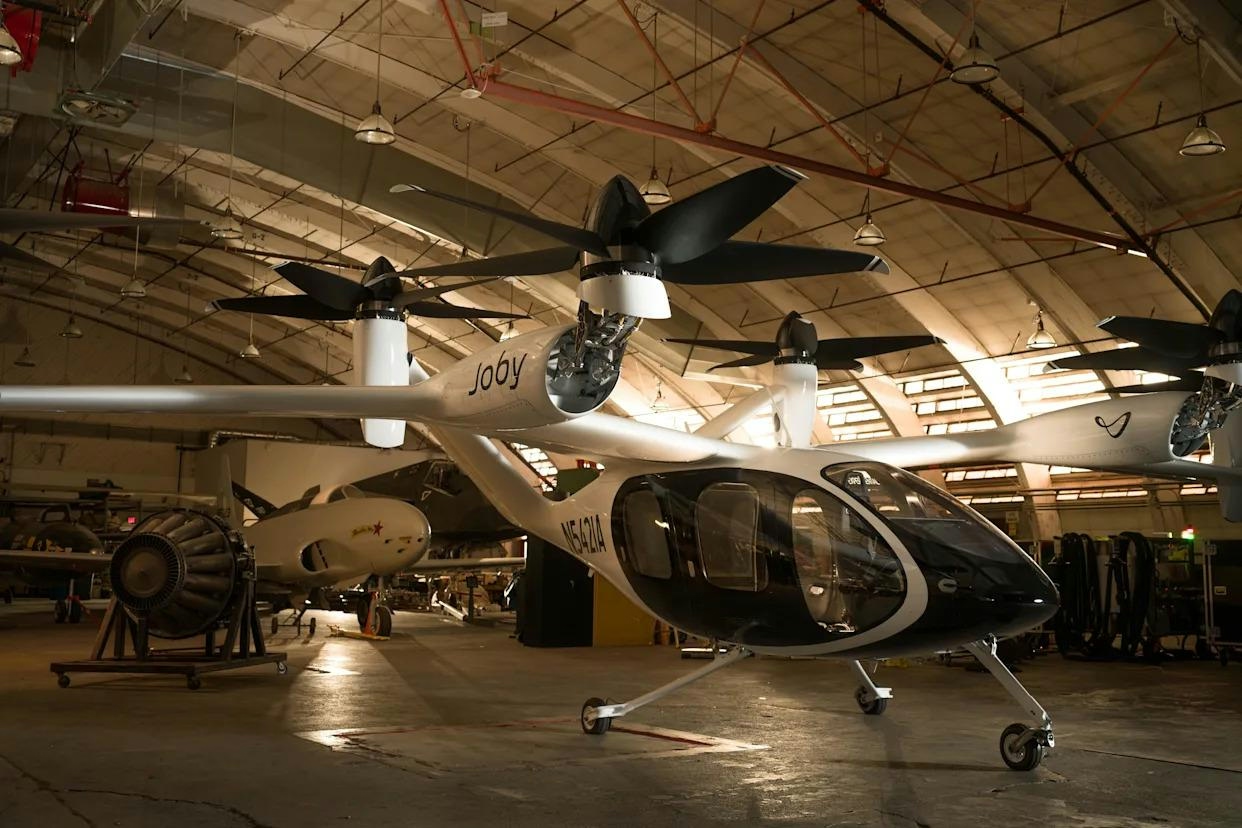
Joby’s Hybrid VTOL Partnership Aims to Secure Pentagon Funding
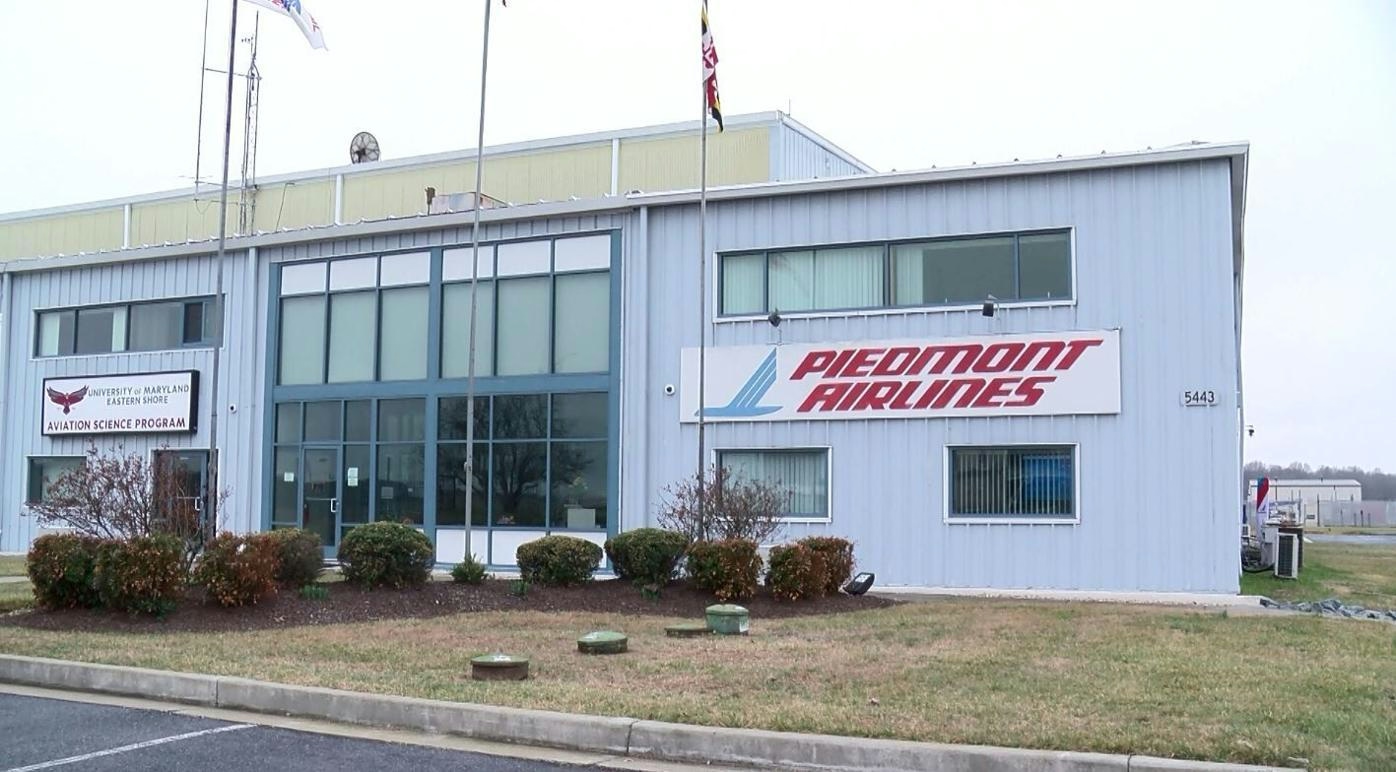
Piedmont Airlines Donates Aircraft and Engine to UMES Aviation Program
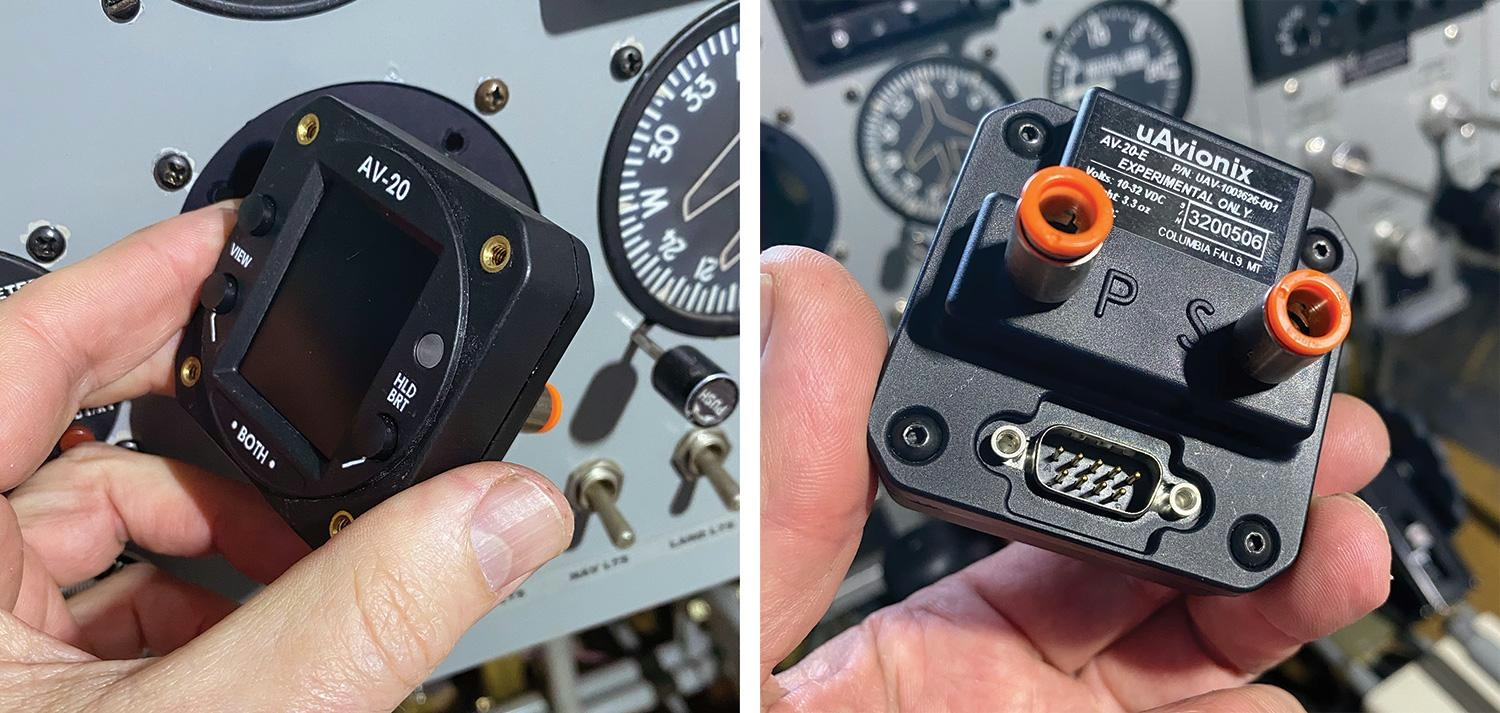
uAvionix Releases AV-20 Software Update
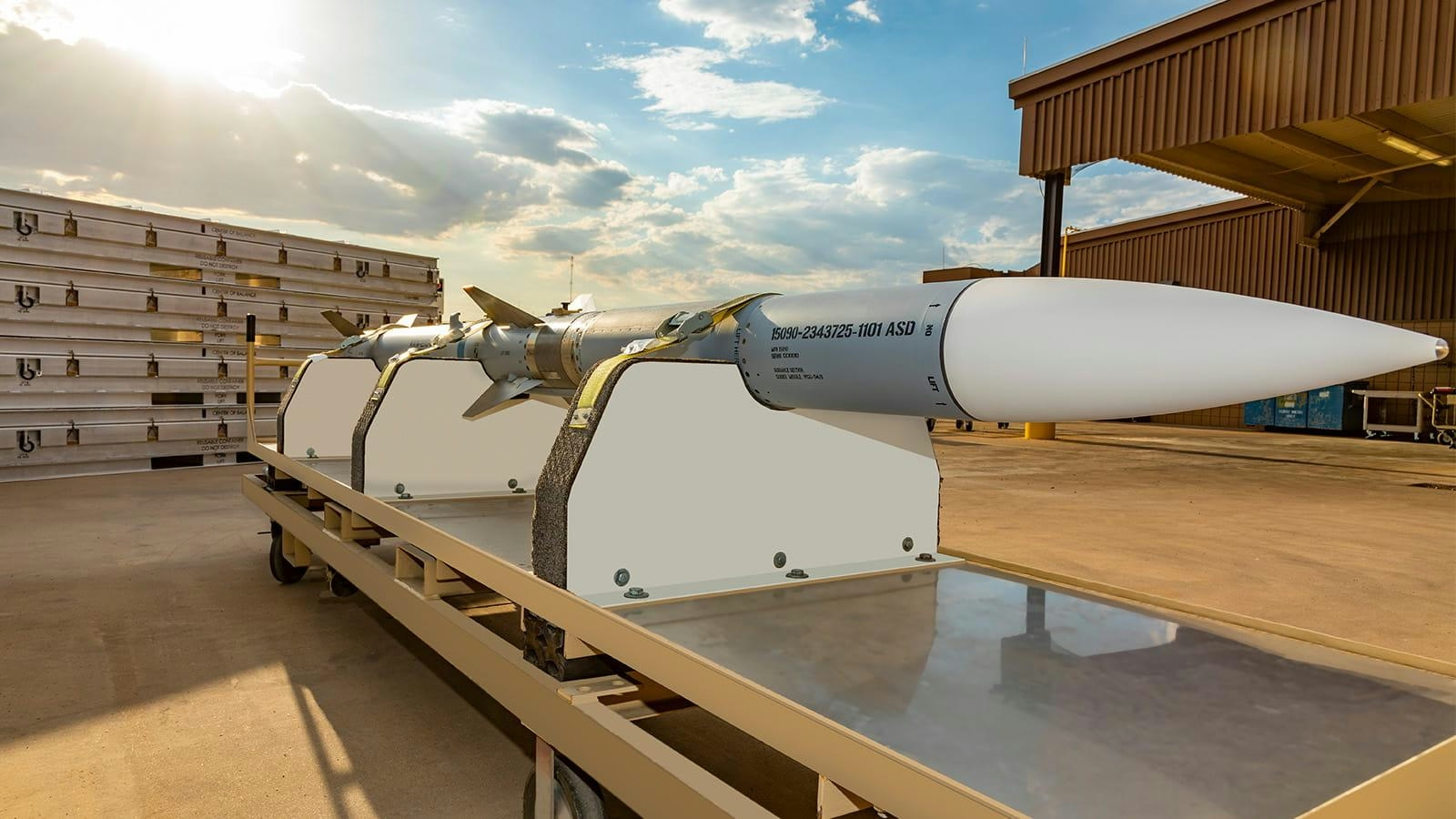
F-22 Fires Longest Recorded AIM-120 AMRAAM Missile Shot

SITA and Ethiopian Airlines Announce Partnership to Enhance Operations

The Quietest Widebody Cabin and What It Means for Boeing
